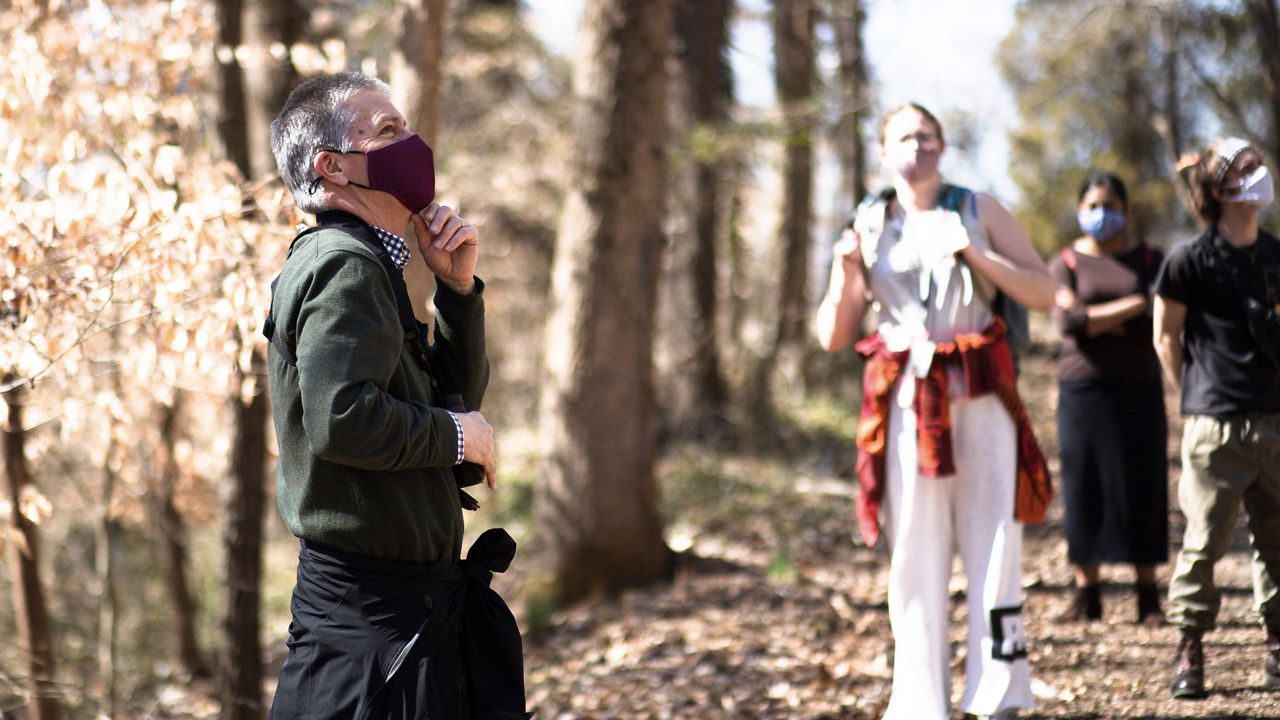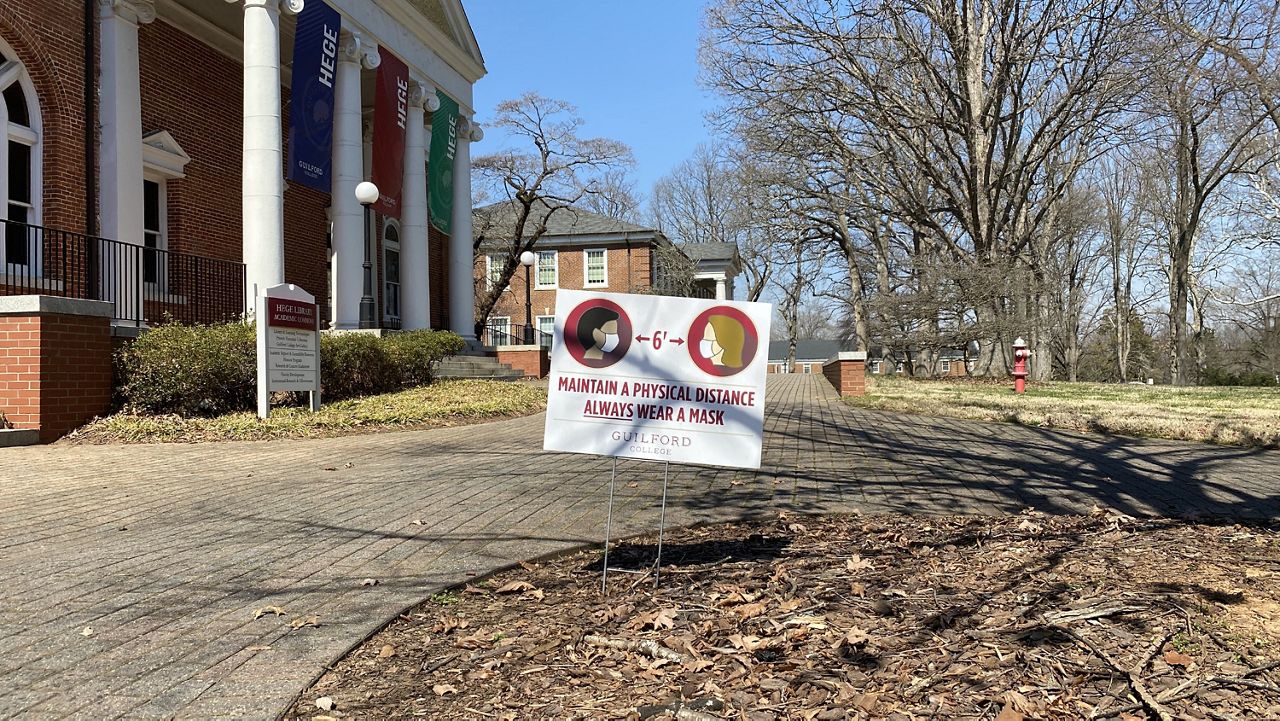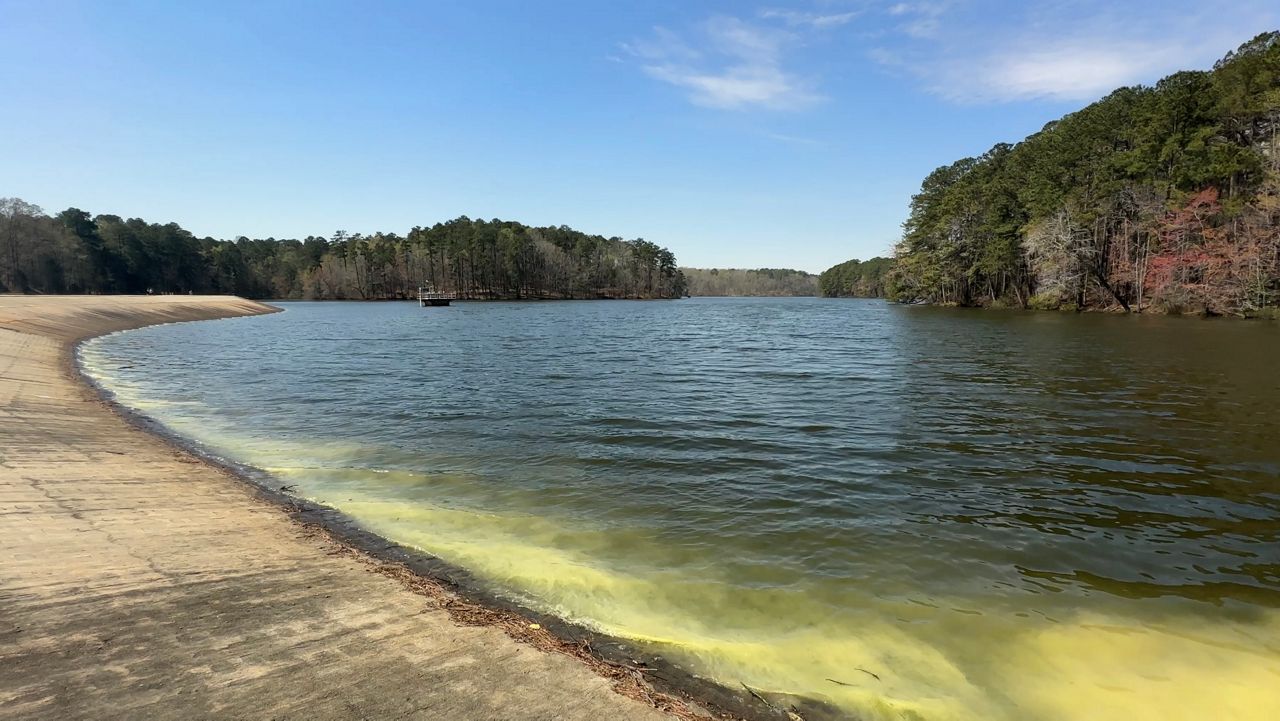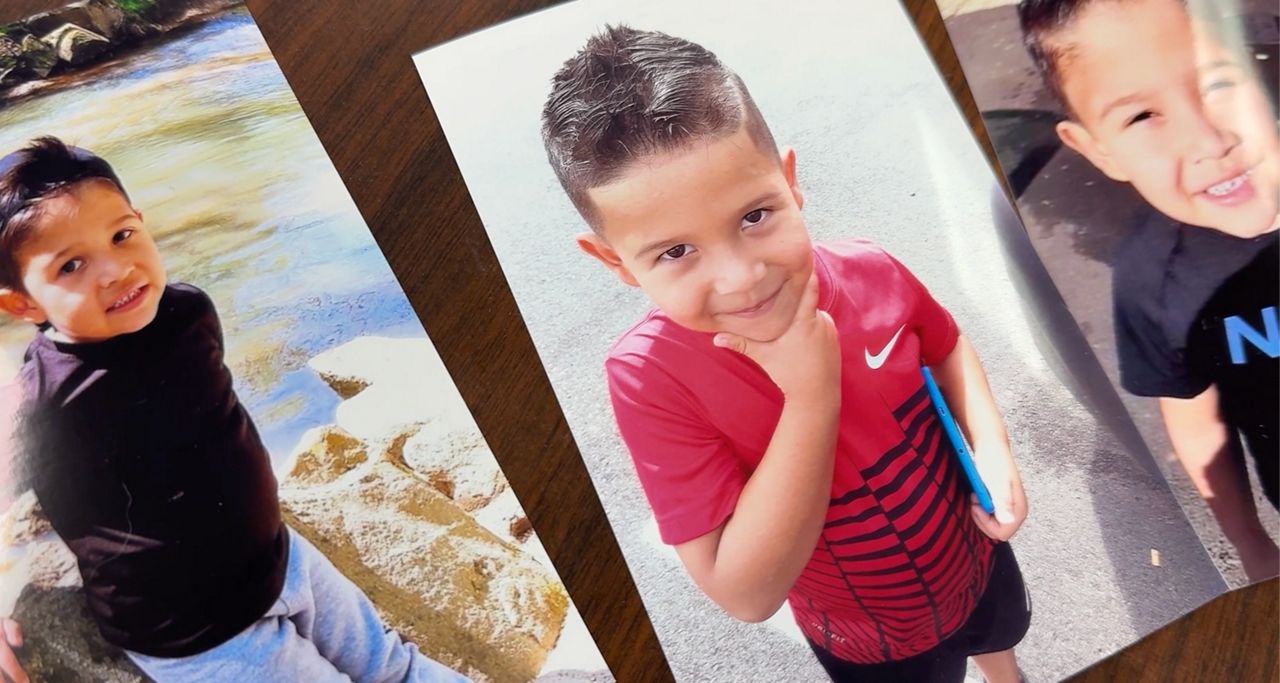GREENSBORO, N.C. — The coronavirus pandemic has challenged colleges big and small across the country. Many students haven’t been on campus in a year, schools have scrambled to move classes online, and revenue from things like conferences dried up overnight.
In a recent newspaper op-ed, Guilford College interim President Jim Hood put it this way: “To borrow and bend the opening sentence of Tolstoy’s Anna Karenina: Happy colleges are all alike, unhappy colleges are unhappy in their own ways.”
Along with the challenges of moving students to online classes and dealing with coronavirus cases in students who stayed on campus, this small Quaker school near Greensboro is facing some big financial struggles.
The campus has a long history in Guilford County. Originally a co-ed boarding school founded by Quakers in 1837, the school transitioned into a college in 1887. Before the Civil War, the Guilford College Woods was part of the Underground Railroad, hiding escaped slaves and helping them travel North.
The college has 1,268 students, with about 500 studying on campus this semester and the rest online, according to a university spokesman.
When the pandemic hit, Guilford College was already in debt because of some long overdue renovations on two dorms and some other buildings on the wooded 350-acre campus.
“That was a really smart decision we made, at that time,” Hood said in an interview with Spectrum News 1. But when the school had to send students home and refund housing costs, they no longer had the income they were counting on to pay off those loans.
Hood has taught at Guilford College for more than 20 years and has a long history with the school. He is an alum and met his wife at the college. Two of his children also went to the school.

The college had to furlough staff in April and then lay off about 50 people over the summer, said Hood, who took over as interim president at the college about three weeks ago.
But the problems didn’t end there. In the fall, the college’s Board of Trustees proposed an idea to do away with some academic majors and cut at least 20 tenured professors.
“It created a lot of stir on campus. People were just devastated,” he said. “There were a huge number of alumni who rallied around the college, saying, ‘Please don’t change the college we know and love.’”
“We were bold and steady, but then vulnerable because of the bold moves,” he said.
Alumni of the school formed an organization to help the school get through the financial troubles and help guide possible changes at the college.
The Board of Trustees dropped the plan to kill majors and lay off professors. Instead, Hood said, the board decided to take a more Quaker approach to the problem.
“There’s a lot of positive momentum on solving those problems in a way that’s more collaborative and less top-down,” Hood said. “There’s a lot of work to do but there’s a lot of positive energy in terms of turning this around in a way that’s authentic to our tradition as a Quaker institution.”
“In the 20 years I’ve been here on the faculty and the 40-plus years I’ve been associated with the college, I’ve never seen the level of alumni engagement,” he said.
Those financial problems have not gone anywhere. Hood said the college is trying to raise $6 million by next January, much more than what they would normally raise in a year.
Other N.C. Schools Face Issues Too
Schools around North Carolina are all facing financial challenges from the pandemic, said Hope Williams, president of North Carolina Independent Colleges and Universities, a statewide office representing private schools in the state.
“There was a huge cost involved,” she said, just to reconfigure classrooms, dining halls and dorms, and providing masks and other protective equipment. Not to mention the cost of coronavirus testing and quarantining students and staff.
Guilford College and other private schools in the state did get some funding from the federal government and the state to help cover those costs, but it did not cover the total price tag.
She said most of the private colleges and universities in the state were able to give students refunds for housing costs, but still had to pay on the buildings, much like the situation at Guilford College.
While Guilford College is not alone in its financial struggles during the pandemic, its approach to dealing with how to make the necessary cuts is different.
“Rather than impose a top-down, inorganic decision, this process will reduce the size of our faculty by giving individuals their own agency in responding to the crisis. Some faculty will take an early exit offer; some will go to two-thirds or one-half time; some will job share,” Hood wrote in the op-ed in the Greensboro News & Record.
“Guilford College has been unhappy in its own way, and it will only regain happiness by staying true to its Quaker founders’ call to wrestle, in community, with its collective problems,” he wrote.
Hood said the college plans to return to full in-person classes this fall.
“There’s light on the horizon,” he said. “We’re being cautious but optimistic about that.”









